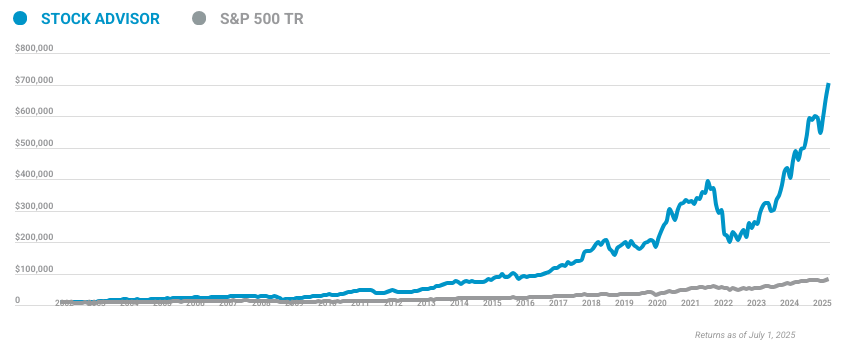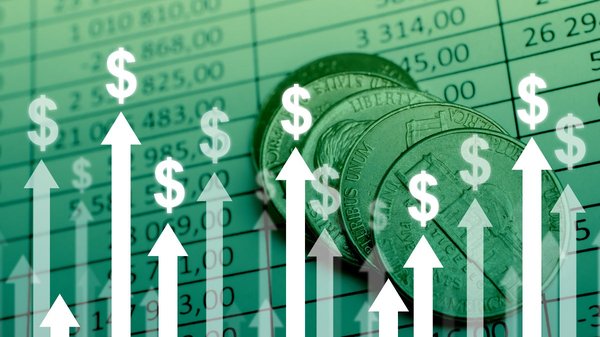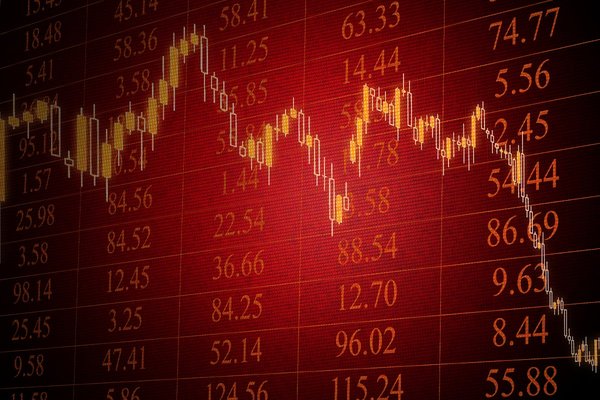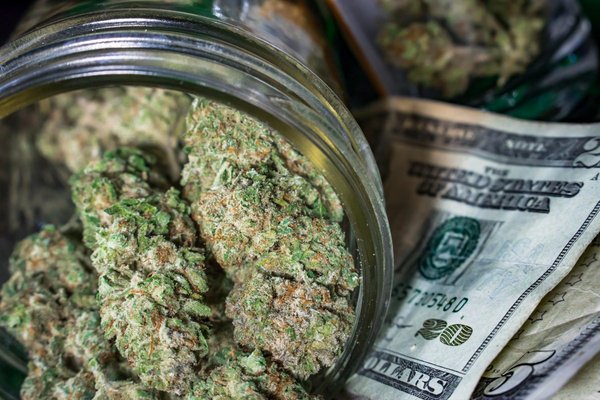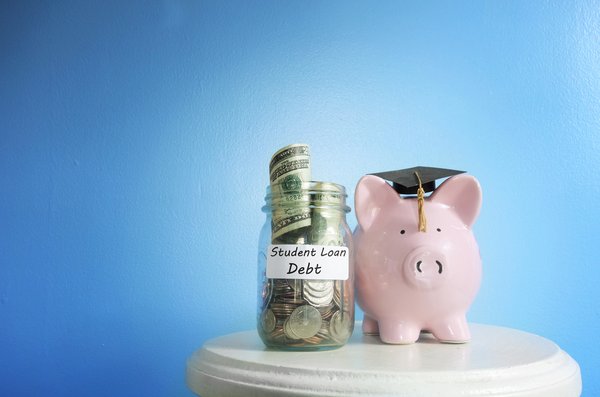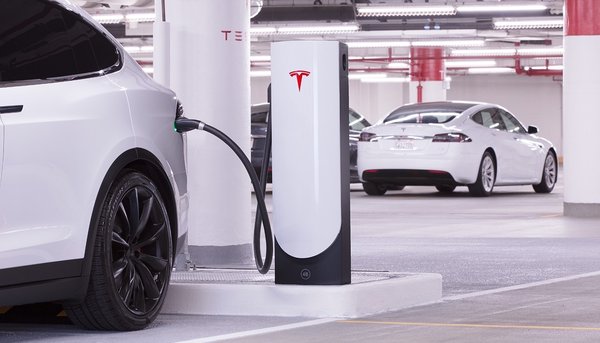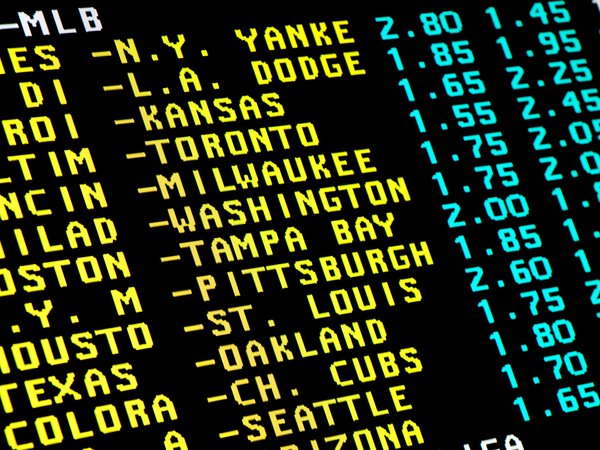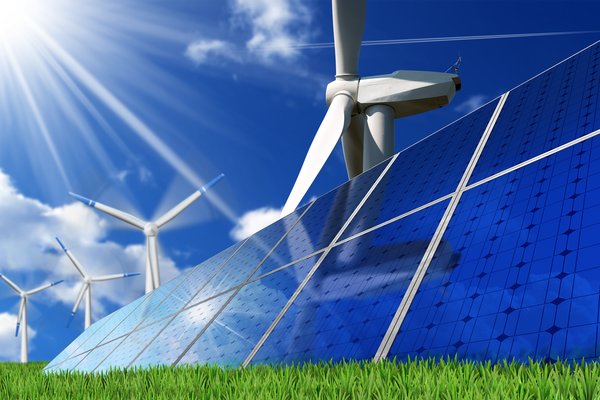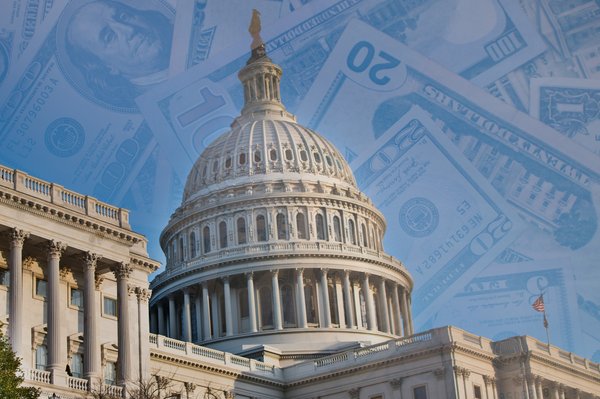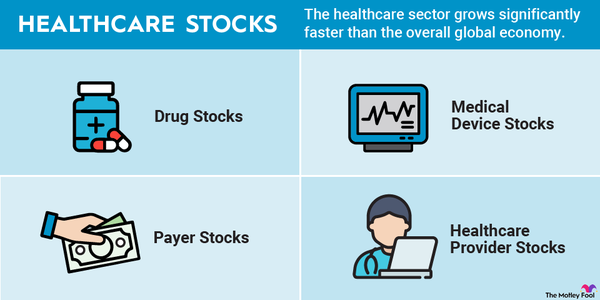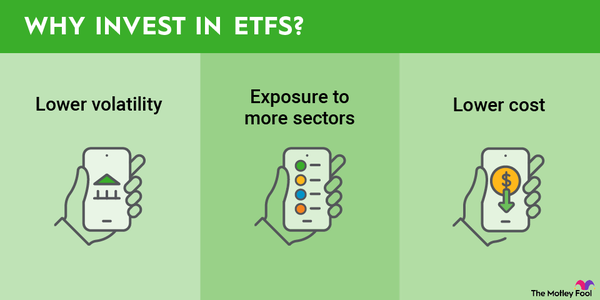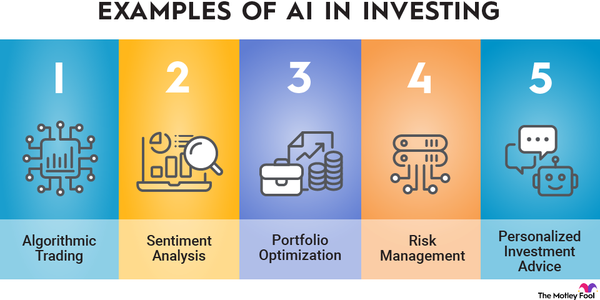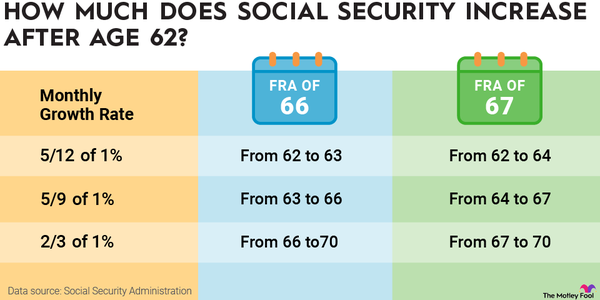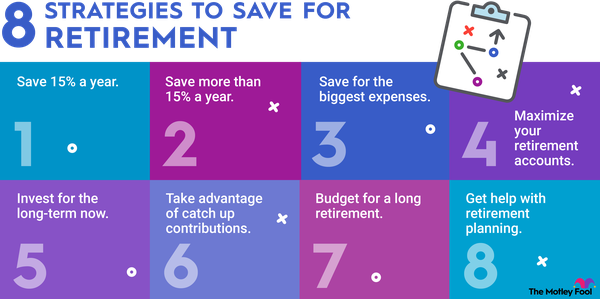Most investors are familiar with an initial public offering, or IPO for short. While this is a popular way to take a private company public, it's not the only method available. Another option is for the private company to merge with a special-purpose acquisition company, also known as a SPAC or a "blank-check company."
SPACs have been growing in popularity. Since the start of 2020, they represent more than half of total U.S. IPOs. Keep reading for the latest SPAC statistics, including SPAC deals by market sector and what kind of returns investors have been getting.
The Difference Between SPACs and IPOs
The Difference Between SPACs and IPOs
A SPAC is a shell company created to go public and then find and merge with a private company. A traditional IPO is when a private company goes public on its own by issuing shares and selling them on a public stock exchange.
Key advantages of SPACs are that they offer a much faster way for a company to go public, they allow both sides to negotiate a share price up front, and SPAC sponsors might be able to lend their expertise and raise capital through private investments.
But SPAC sponsors generally end up with 20% or more of the company's shares after the merger, and target companies in SPACs don't go through a rigorous underwriting process like they would with traditional IPO deals.
SPAC IPOs by Year
SPAC IPOs by Year
The number of SPAC IPOs fluctuates quite a bit from year to year, but it's trending upward. From 2003 through 2013, SPAC IPOs made up about 11% of total U.S. IPOs. There were 205 SPAC IPOs compared to 1,955 total IPOs.
From 2014 through the middle of 2024, the percentage of IPOs involving a SPAC increased to 42%. There were 1,181 SPAC IPOs and 2,841 total IPOs over that time period.
SPAC IPOs have declined since the start of 2022. This could be a regular fluctuation in this type of public offering, or a sign that the SPAC boom is slowing down.
SPAC Deals by Sector
SPAC Deals by Sector
In any given year, there's typically a mix of SPAC deals across several market sectors, without a single dominant industry. The energy and technology sectors had the most SPAC deals in 2022, while healthcare took the top spot in 2023.
Note that this data is based on when the merge deal was announced, not the date of the SPAC's IPO. It also doesn't count SPACs that haven't announced a merge partner.
SPAC Returns by Year
SPAC Returns by Year
For shareholders and potential investors, the million-dollar question is how SPACs perform, particularly post-merger. The answer is well below average, based on results from 2012 through 2023 gathered in a University of Florida study. SPAC returns as a whole were below the overall market return every single year, by as much as 73.6%.
We opted to use de-SPAC returns instead of returns since the IPO. A de-SPAC transition occurs once a deal is announced between a SPAC and a private company. The de-SPAC returns better reflect the business's actual performance instead of market sentiment and speculation. They show a clearer investment outcome and are based on the public company's fundamentals, not market hype.
To be fair, one-year returns don't always tell the whole story. But when we adjust our focus to de-SPAC returns over three years, results are even worse, outside of a lone bright spot for 2015 mergers.
SPAC Returns by Sector
SPAC Returns by Sector
SPAC returns vary significantly by sector, although they've only delivered positive long-term returns in one sector. That would be industrials, where SPACs have had a median share return of 0.50% since 2009. They've averaged a negative return in every other sector, and in most, median share losses are higher than 70%.
Investing in SPACs
Investing in SPACs
Although SPACs have been around since the 1990s, the last few years is when they've really taken off. The 613 SPAC deals in 2021 are far more than there have been in any other year so far, and SPACs are making up a larger portion of total IPOs.
SPACs aren't without their critics, though. A 2022 report by Senator Elizabeth Warren alleges that Wall Street insiders use SPAC deals to enrich themselves and harm retail investors in the process.
In January 2024, the Securities and Exchange Commission (SEC) introduced new SPAC regulations for more transparency and to encourage more realistic financial projections. Hopefully, this will give prospective SPAC shareholders a more accurate idea of what to expect if they invest.
Sources
- Ritter, Jay R. (2024). "Special Purpose Acquisition Company (SPAC) IPOs Through 2023."
- SPAC Analytics (2024). "SPAC Analytics."
- SPACInsider (2024). "SPAC Statistics."
- SPAC Research (2024). “SPAC Research.”
The Motley Fool has a disclosure policy.

